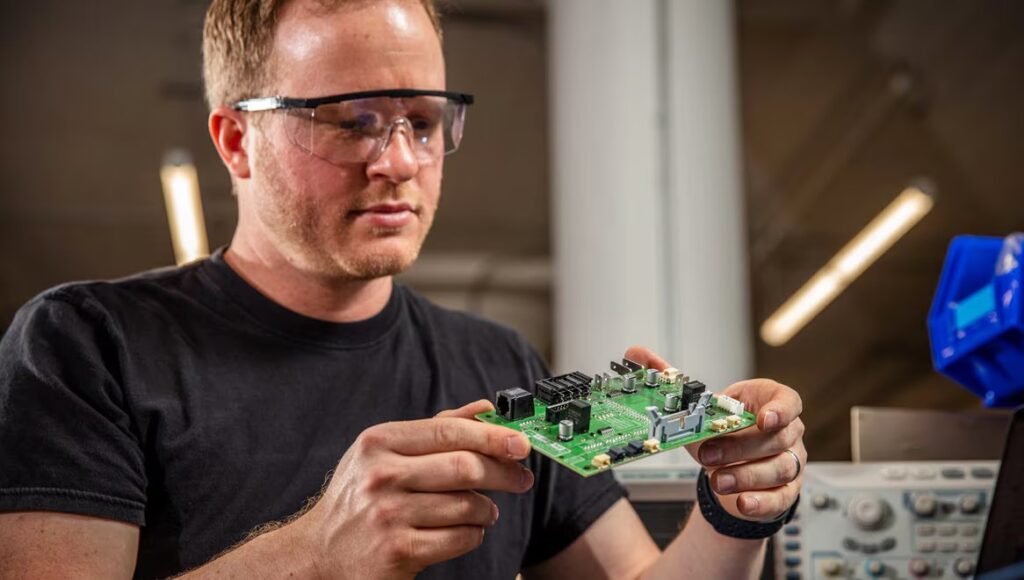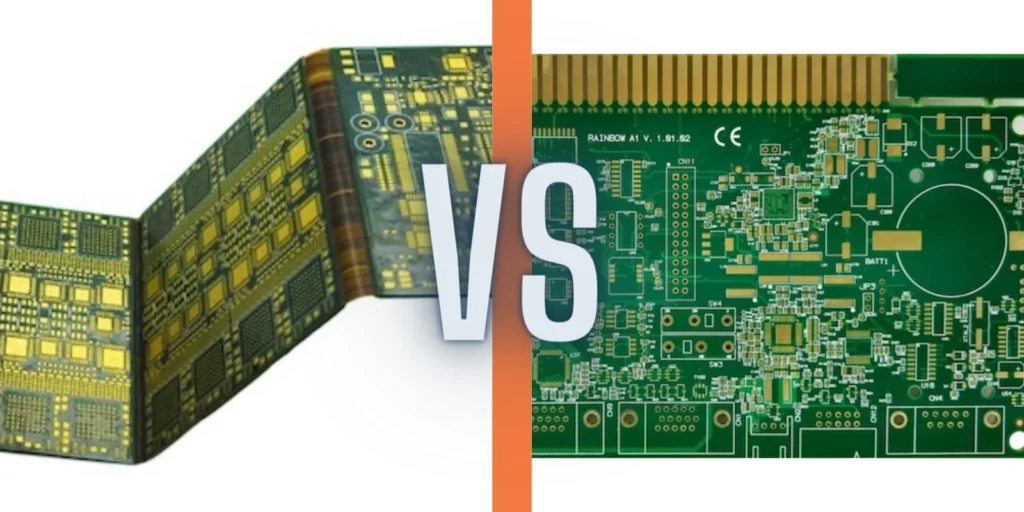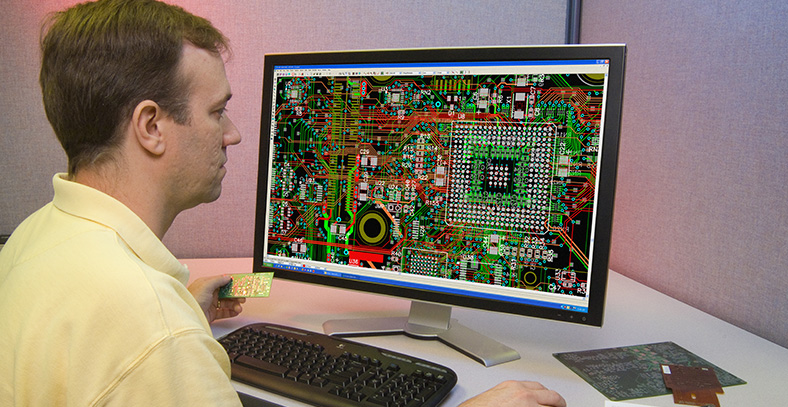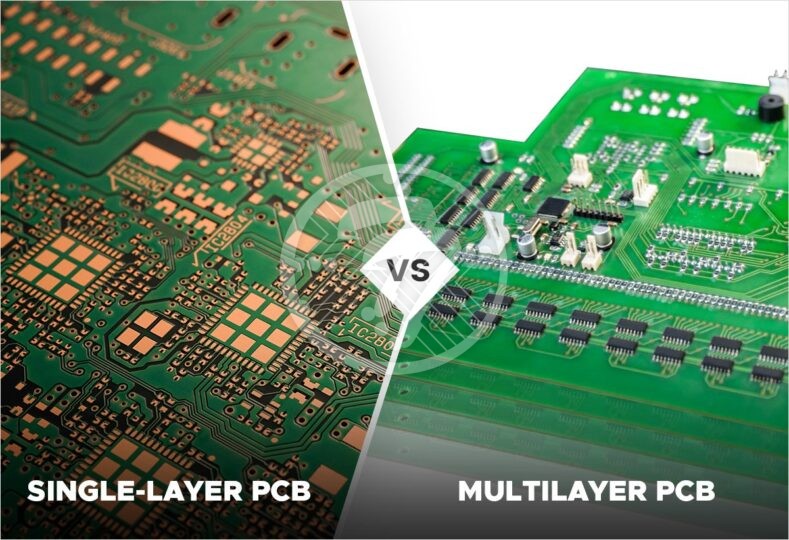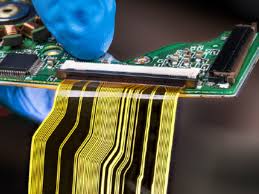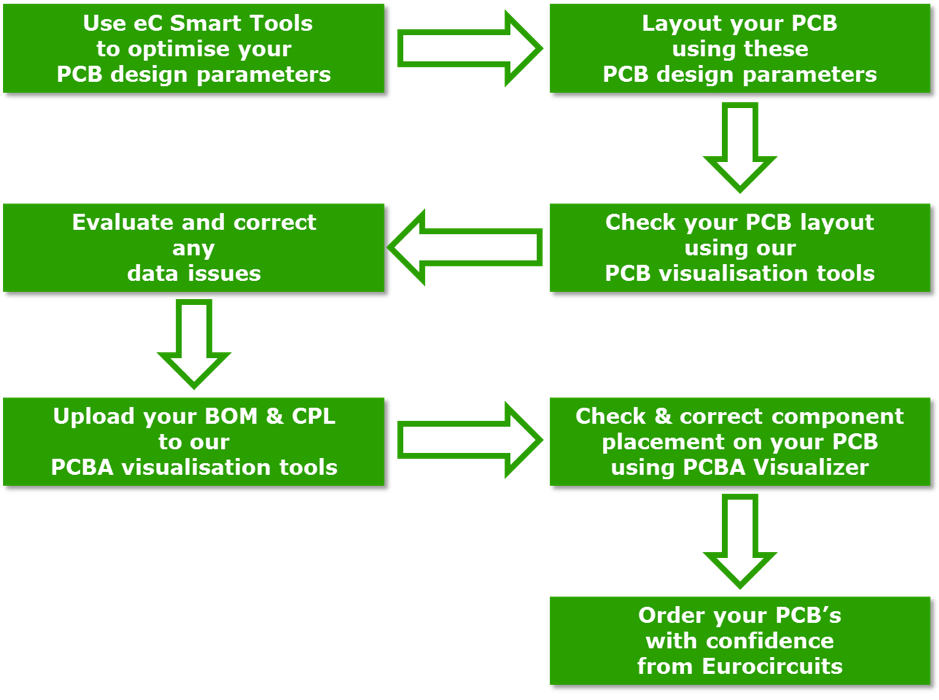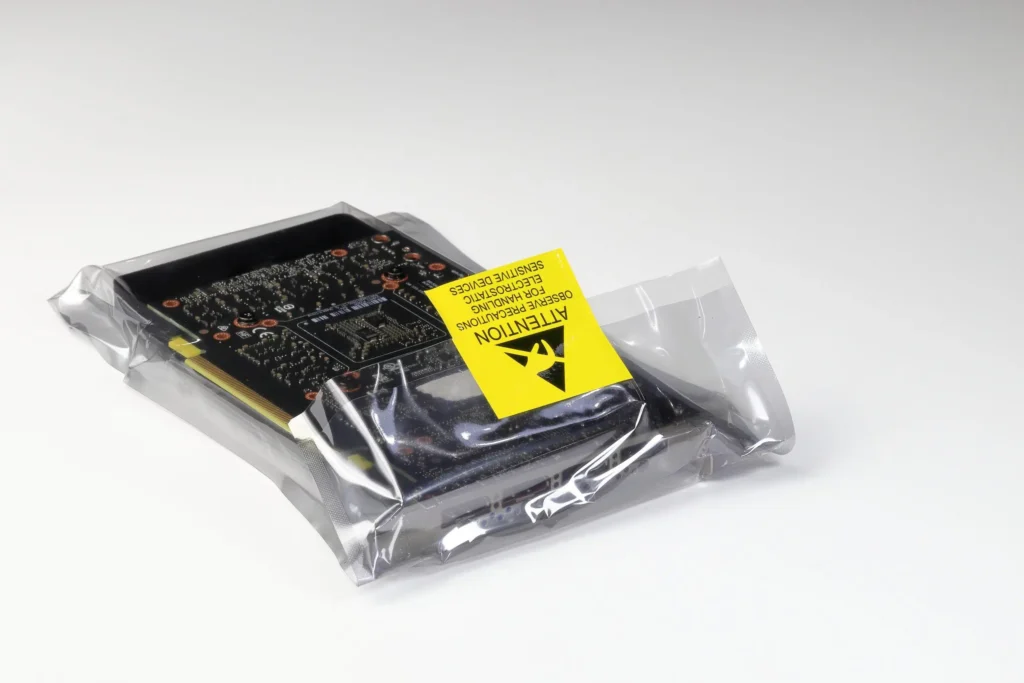As the carrier of various components and the hub of circuit signal transmission, PCB has become the most important and key part of electronic information products, and its quality and reliability level determines the quality and reliability of the whole equipment.

With the miniaturization of electronic information products and the environmental requirements of lead-free and halogen-free, PCB is also developing towards the direction of high density, high Tg and environmental protection. However, due to cost and technical reasons, a large number of PCB failures occurred in the process of production and application, which led to a lot of quality disputes. In order to find out the cause of failure, in order to find a solution to the problem and distinguish the responsibility, it is necessary to carry out failure analysis on the failure case.
Basic procedures for failure analysis
To obtain the exact cause or mechanism of PCB failure or defect, basic principles and analysis procedures must be followed, otherwise valuable failure information may be missed, resulting in failure of analysis or may be wrong conclusions. The general basic process is that, based on the failure phenomenon, the failure location and failure mode must be determined through information collection, functional testing, electrical performance testing and simple appearance inspection, that is, failure location or fault location.
For simple PCB or PCBA, the location of failure is easy to determine, but for more complex BGA or MCM encapsulated devices or substrates, the defect is not easy to observe through a microscope, it is not easy to determine, at this time, need to use other means to determine.
Then it is necessary to analyze the failure mechanism, that is, use various physical and chemical means to analyze the mechanism leading to PCB failure or defect, such as virtual welding, pollution, mechanical damage, wet stress, medium corrosion, fatigue damage, CAF or ion migration, stress overload, etc.
Another is failure cause analysis, that is, based on failure mechanism and process analysis, to find the cause of failure mechanism, if necessary, test verification, generally as far as possible test verification, through test verification can find the exact cause of induced failure.
This provides a targeted basis for the next improvement. Finally, the failure analysis report is prepared according to the test data, facts and conclusions obtained in the analysis process. The facts of the report are required to be clear, logical reasoning is rigorous, and the report is well organized.
In the process of analysis, attention should be paid to the use of analysis methods from simple to complex, from outside to inside, never destroy the sample and then to the basic principle of using destruction. Only in this way can we avoid the loss of critical information and the introduction of new artificial failure mechanisms.
Just like a traffic accident, if the one party of the accident destroyed or fled the scene, it is difficult for the police in Gaomin to make accurate responsibility identification, then the traffic laws and regulations generally require the one who fled the scene or destroyed the scene to assume full responsibility.
The failure analysis of PCB or PCBA is the same. If the failed solder joints are repaired with electric soldering iron or the PCB is strongly cut with large scissors, then the re-analysis will be impossible to start. The site of failure has been destroyed. Especially in the case of a small number of failed samples, once the environment of the failure site is destroyed or damaged, the real cause of failure cannot be obtained.

Failure analysis technique
1. Light microscope
Optical microscope is mainly used for PCB appearance inspection, looking for failure parts and related physical evidence, and preliminatively judging the failure mode of PCB. Appearance inspection mainly checks PCB pollution, corrosion, the location of board explosion, circuit wiring and the regularity of failure, if it is batch or individual, whether it is always concentrated in a certain area, etc.
2. X-ray (X-ray)
For some parts that cannot be inspected by the appearance, as well as the inside of the PCB through hole and other internal defects, we have to use X-ray fluoroscopy system to check.
X-ray fluoroscopy system is the use of different material thickness or different material density of X-ray hygroscopicity or transmittance of different principles to imaging. This technology is more used to check the location of defects in PCBA solder joints, through hole defects and defects in BGA or CSP devices with high density packaging.
3. Section analysis
Slice analysis is the process of obtaining PCB cross section structure through sampling, Mosaic, slice, polishing, corrosion, observation and a series of methods and steps. Abundant information about the microstructure of PCB (through hole, coating, etc.) can be obtained by slice analysis, which provides a good basis for the next quality improvement. However, this method is destructive, once the slice is carried out, the sample is inevitably destroyed.
4. Scanning acoustic microscope
At present, c-mode ultrasonic scanning acoustic microscope is mainly used for electronic packaging or assembly analysis. It makes use of the amplitude, phase and polarity changes generated by the reflection of high-frequency ultrasound on the discontinuous interface of materials to image, and its scanning mode is to scan the information in the X-Y plane along the Z-axis.
Therefore, scanning acoustic microscopy can be used to detect various defects, including cracks, delamination, inclusions, and voids, in components, materials, and PCB and PCBA. Internal defects of solder joints can also be directly detected if the frequency width of scanning acoustics is sufficient.
Of a typical scanning acoustic image in color red alert said defects exist, because a large amount of plastic packaging components used in SMT process, by a lead into the process of lead-free technology, a large number of moisture reflow sensitive problem, namely the moisture absorption of powder coating devices will be at a higher temperature reflow lead-free process occurs within or substrate layer cracking phenomenon, Under the high temperature of lead-free process, common PCB will often burst board phenomenon.
At this point, the scanning acoustic microscope shows its special advantage in nondestructive detection of multi-layer high-density PCB. The general obvious bursting plate can be detected by visual inspection.
5. Microscopic infrared analysis
Micro infrared analysis is to infrared spectroscopy combined with microscope analysis method, it use different material (mainly organic matter) on the principle of the infrared spectrum absorption, analyzing the compound composition of the materials, coupled with the microscope can make visible light and infrared light with the light path, as long as under the visual field, can look for analysis of trace organic pollutants.
In the absence of a microscope, infrared spectroscopy can usually analyze only large samples. In many cases, trace pollution in electronic process can lead to poor weldability of PCB pad or lead pin. It can be imagined that it is difficult to solve the process problem without the matching infrared spectrum of microscope. The main use of microscopic infrared analysis is to analyze the organic pollutants on the welding surface or solder spot surface, and analyze the causes of corrosion or poor solderability.
6. Scanning electron microscopy (SEM)
Scanning electron microscope (SEM) is one of the most useful large-scale electron microscopic imaging systems for failure analysis. It is most commonly used for morphology observation. The function of the current scanning electron microscope has been very powerful, and any fine structure or surface features can be magnified to hundreds of thousands of times for observation and analysis.
In PCB or solder joint failure analysis, SEM is mainly used for failure mechanism analysis, specifically, is used to observe the surface morphology structure of the pad, solder joint metallographic structure, measurement of intermetallic compounds, solderable coating analysis and tin must be analyzed and measured.
Different from the optical microscope, the scanning electron microscope produces electronic images, so it has only black and white colors. Moreover, the sample of the scanning electron microscope is required to conduct electricity, and the non-conductor and part of the semiconductor need to be sprayed with gold or carbon, otherwise the charge will gather on the surface of the sample and affect the sample observation. In addition, the depth of field of the scanning electron microscope image is much larger than that of the optical microscope, which is an important method for the analysis of the metallographic structure, microscopic fracture and tin whiskers.
Thermal analysis
1. Differential scanning calorimeter (DSC)
Differential Scanning calorim-ETRY (DSC) is a method to measure the relationship between temperature (or time) and power difference between the input substance and reference substance under programmed temperature control. It is an analytical method to study the relationship between heat and temperature, according to which the physical, chemical and thermodynamic properties of materials can be studied and analyzed.
DSC is widely used in PCB analysis, but is mainly used to measure the curing degree of various polymer materials used in PCB and glass state transformation temperature, these two parameters determine the reliability of PCB in the subsequent process.
2. Thermal mechanical Analyzer (TMA)
Thermal Mechanical Analysis is used to measure the deformation properties of solids, liquids and gels under Thermal or Mechanical forces under programmed temperature control. It is a method to study the relationship between thermal and mechanical properties. According to the relationship between deformation and temperature (or time), physical chemical and thermodynamic properties of materials can be studied and analyzed.
TMA is widely used in PCB analysis and is mainly used in measuring the two most critical parameters of PCB: linear expansion coefficient and glass transition temperature. PCB with too large expansion coefficient will often lead to fracture failure of metallized holes after welding and assembly.
3. Thermogravimetric Analyzer (TGA)
Thermogravimetry Analysis is a method to measure the relationship between the mass of a substance and temperature (or time) under programmed temperature control. The TGA uses sophisticated electronic balances to monitor the minute mass changes that occur during programmed temperature changes.
The physicochemical and thermodynamic properties of materials can be studied and analyzed according to the relationship between material mass and temperature (or time). In the aspect of PCB analysis, it is mainly used to measure the thermal stability or thermal decomposition temperature of PCB materials. If the thermal decomposition temperature of the base material is too low, PCB will have board explosion or delamination failure during the high temperature of welding process.
Founded in 2015, The company takes PCB sample manufacturing as the entrance, and has the ability of fast delivery of high-end samples and small and medium-sized batches. Through the whole value chain services such as PCB manufacturing, BOM purchasing and PCB assembly, we provide customers with vertically integrated one-stop solutions for their products. We continue to contribute to the continuous innovation and development of China’s electronic technology, in order to build a first-class electronic product design and manufacturing outsourcing service provider. Pursue the material and spiritual happiness of all staff and make contributions to the progress and development of mankind and society.
We offer professional design solutions covering all aspects of PCB and PCBA layout, including the following board technologies.
Include:
1.PCB design: free laminated design and impedance calculation.
2.PCB manufacturing :PCB board making capacity of 1-48 layers, blind hole, copper thickness up to 12 ounces
3. Component purchase :BOM purchase within 3 days
4.PCB assembly: urgent sample and batch assembly processing, only 1-3 days
5. Functional testing
6. Electronic assembly global logistics
7. Single, double-sided, multi-layer board
8. Rigid circuits, flexible circuits and rigid-flexible circuits.
Please email us to get a quote right away: sales@fastturnpcbs.com
Telephone number: 15018735409

